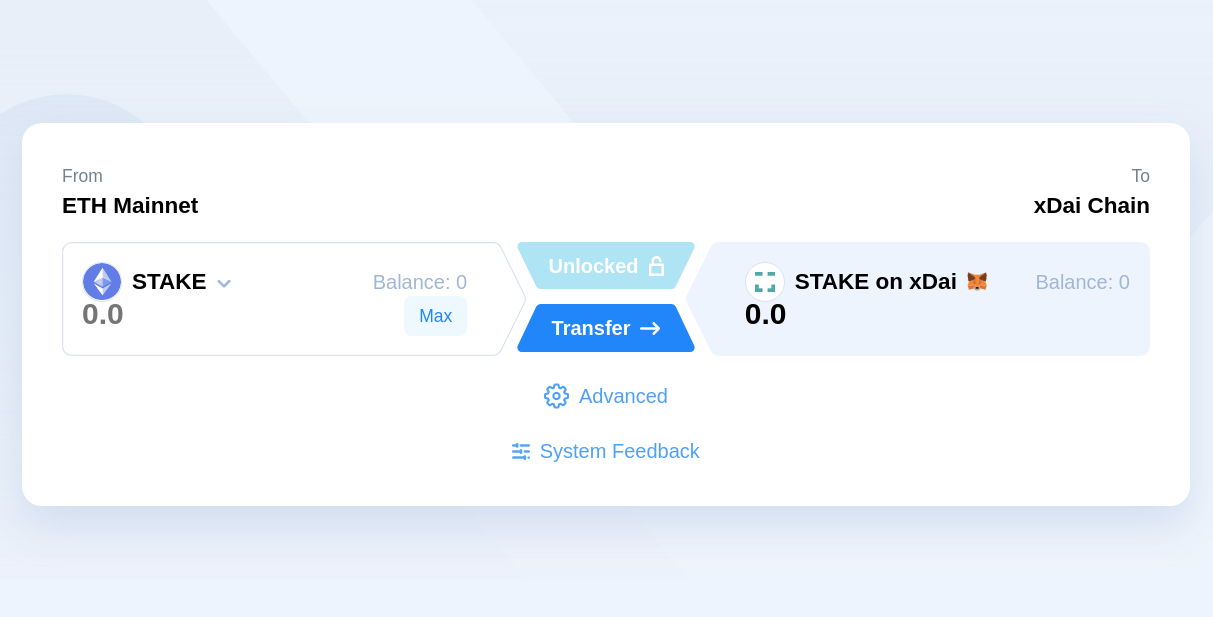Gnosis Omnibridge
- javascriptgraphprotocol
Gnosis Omnibridge, formerly known as xDai OmniBridge or Multi Token Bridge, pioneered the concept of cross-chain interoperability by establishing the first token bridge between xDai chain (now Gnosis Chain) and Ethereum mainnet. Developed and maintained by the Gnosis Chain team, this bridge allows users to seamlessly bridge any ERC20 token between the two networks, enabling bi-directional token transfers. Users lock tokens on one side, which are then minted as corresponding tokens on the other side. The bridge automatically creates token contracts if they don't already exist.
The Gnosis Omnibridge frontend was built using React.js and Chakra UI, with the Gnosis Chain team handling the development, testing, and maintenance of the smart contracts. As the developer responsible for the frontend and subgraph, I had to familiarize myself with the complex workings of the smart contracts and implement them into the frontend. Working closely with the Gnosis Chain team, I tackled numerous edge cases and challenges to ensure a smooth user experience.
Building the Gnosis Omnibridge frontend presented several challenges, including understanding and integrating complex smart contracts into the user interface. Learning on the job, I worked closely with the Gnosis Chain team to grasp the intricacies of the contracts and address edge cases. Additionally, adhering to the given design specifications while bringing the app to life required careful attention to detail and collaboration with the design team.
The Gnosis Omnibridge has been instrumental in facilitating millions of dollars' worth of token transfers between Ethereum mainnet and Gnosis Chain. As one of the first bridges of its kind, it has paved the way for the development of similar bridges and fostered greater interoperability within the blockchain ecosystem. Despite the emergence of other bridges, the Gnosis Omnibridge remains a trusted and reliable tool for users seeking to bridge tokens between networks.
